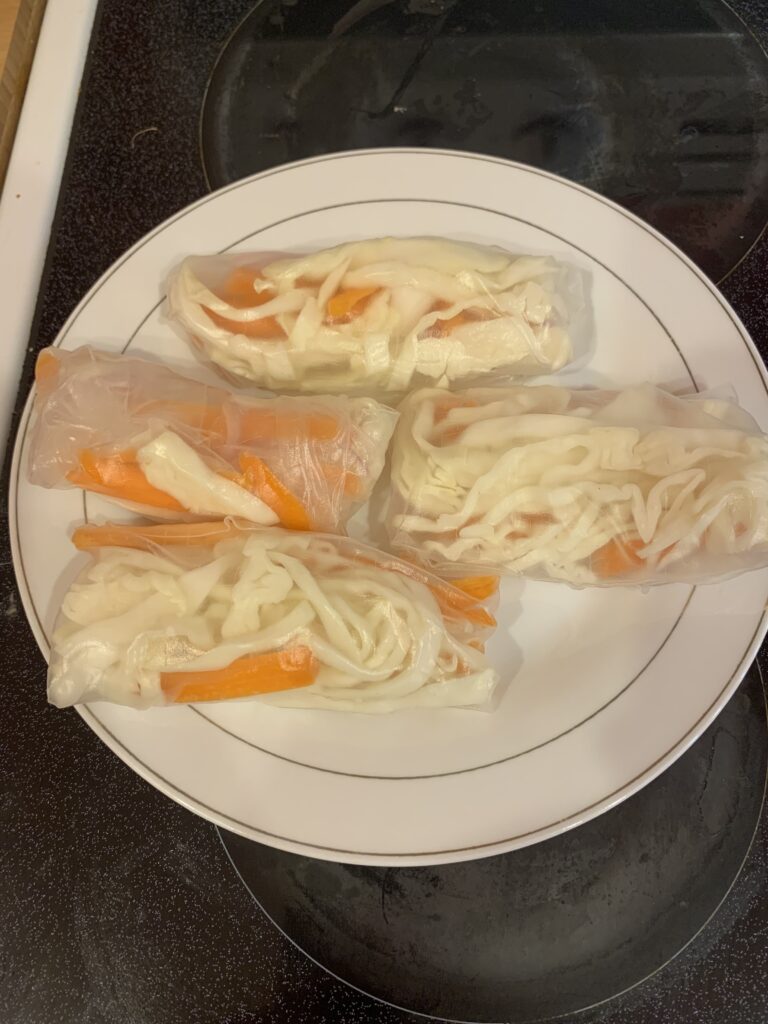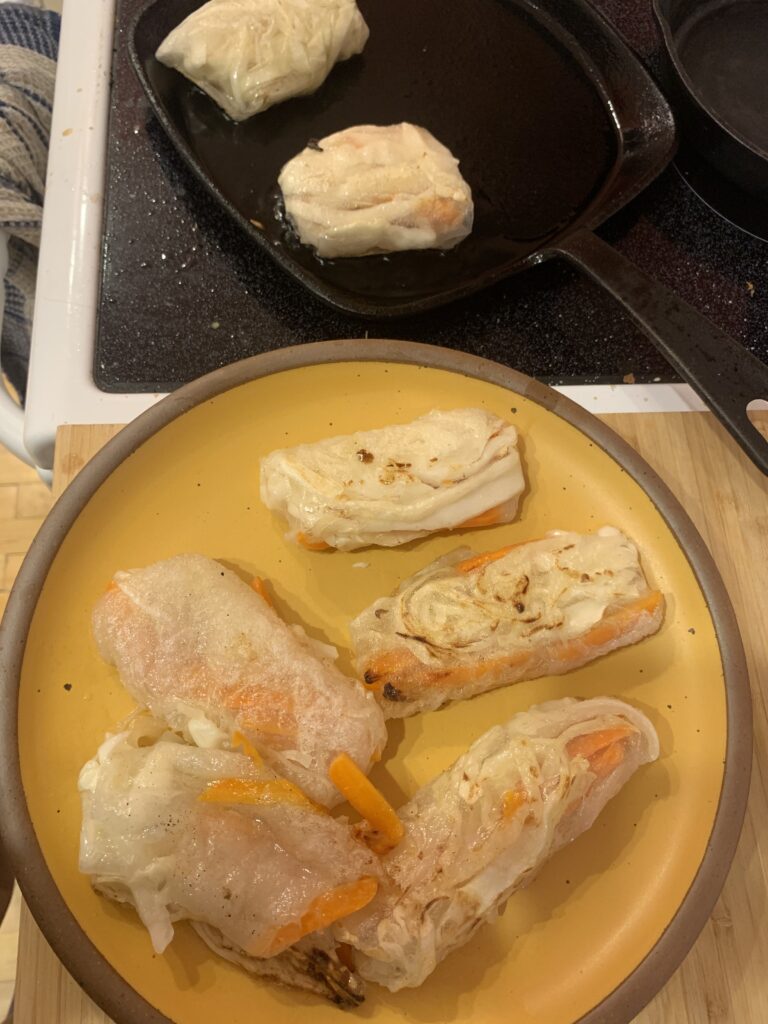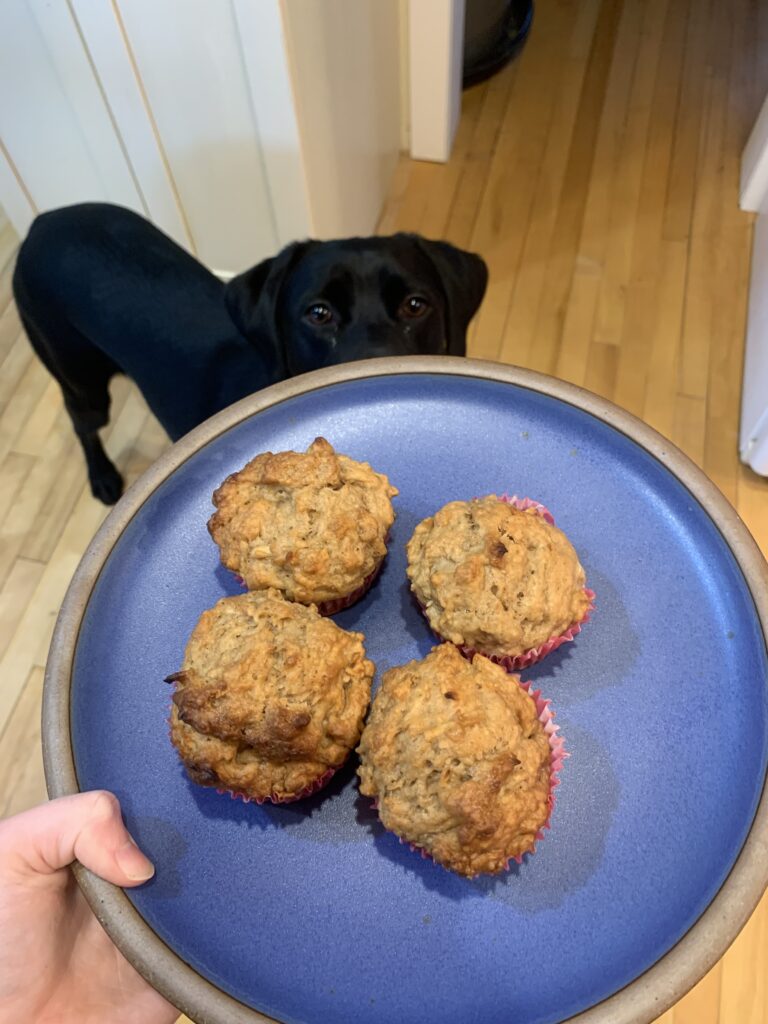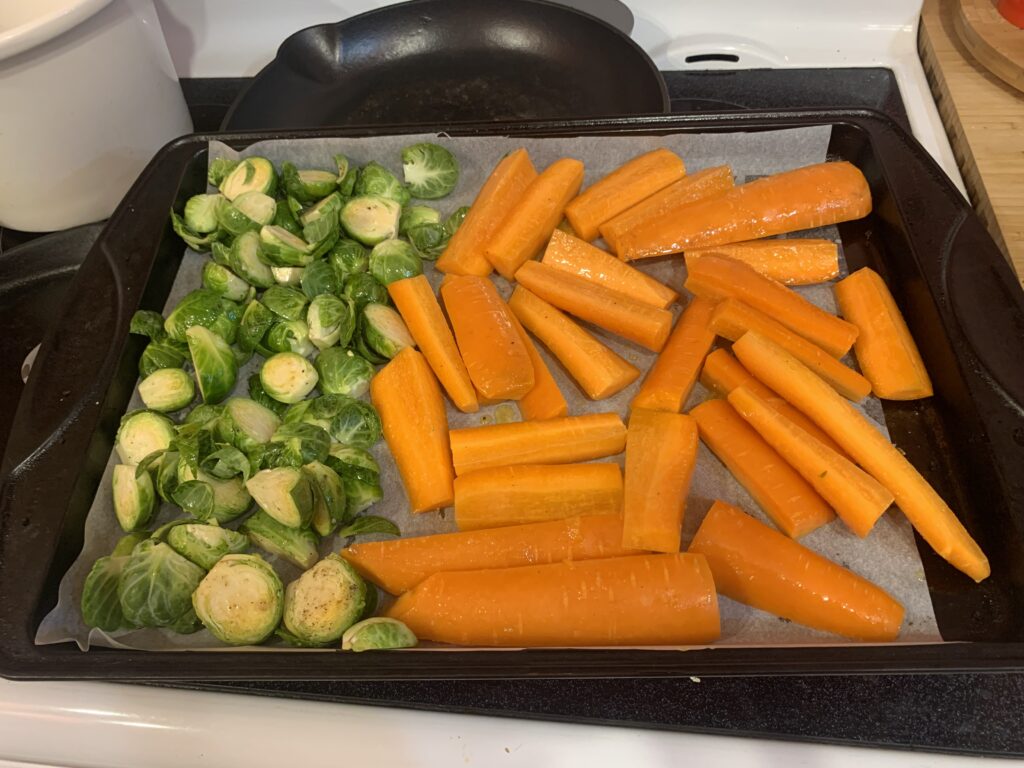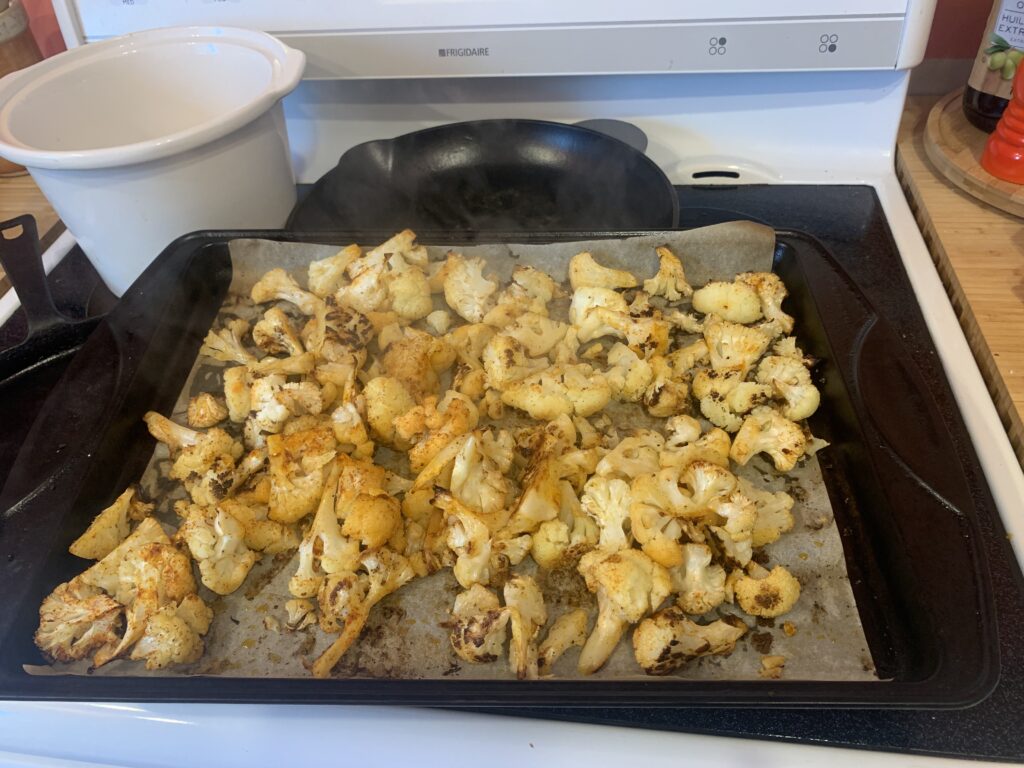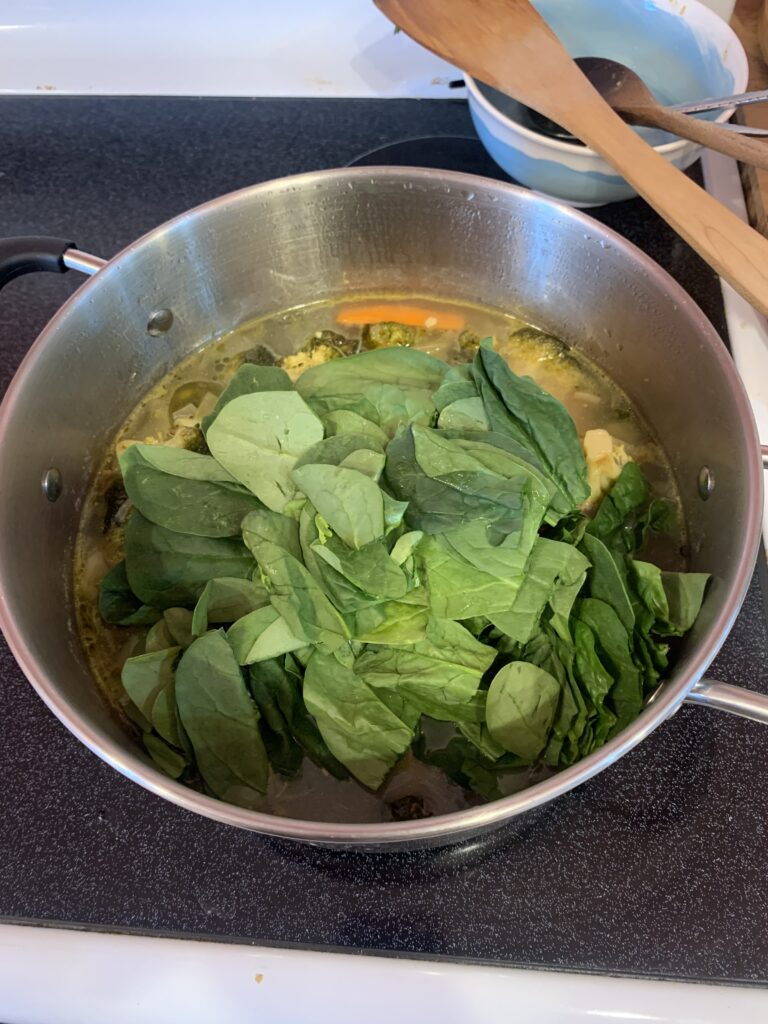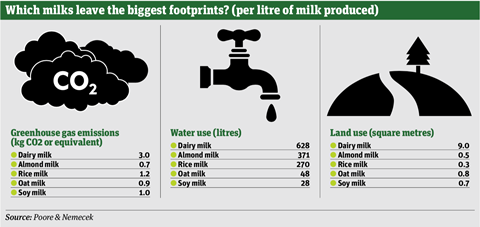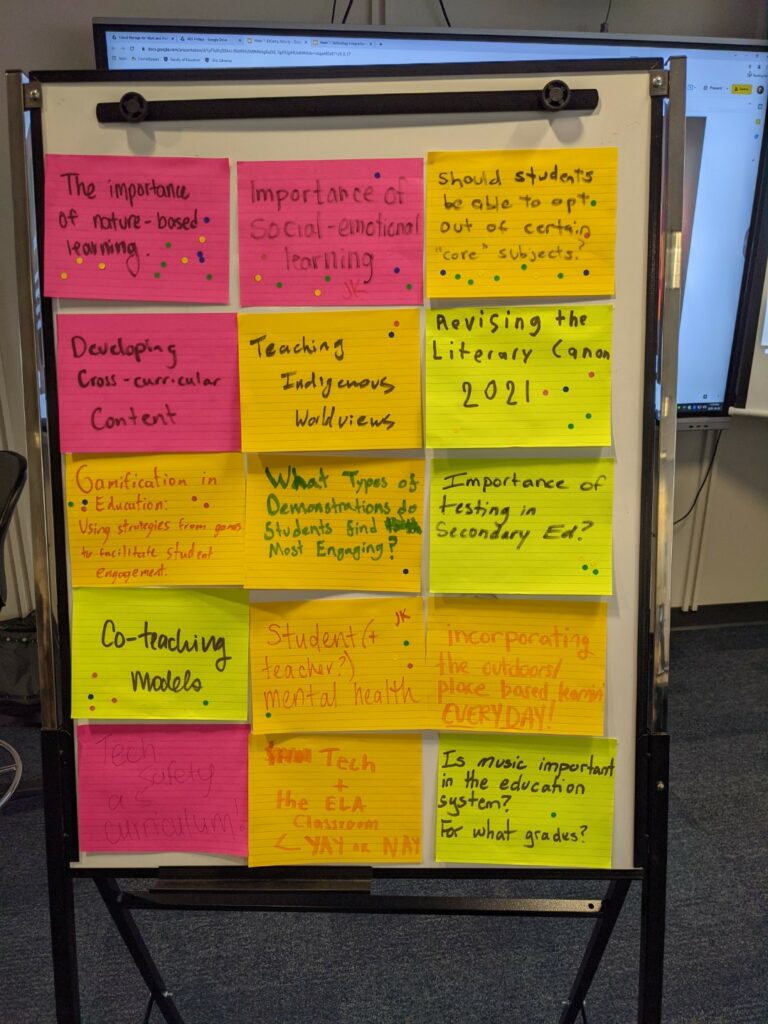I feel very reflective this weekend, thinking back over the whole course and my first term in the program overall. I’ve learned so much new information, but more than that my philosophies of teaching and learning have changed and expanded.
In our final EdTech class, we had a discussion about our visions for the future of education, inspired by speculations about our current moment in education from the past. I was struck by how much emphasis they each had on efficiency, theorizing that each iteration of educational technology would ‘revolutionize’ teaching and learning by making it faster, easier, cheaper, and more automated. But I think each of these theories fundamentally underestimates what I believe underpins all meaningful learning: time. The core competencies of communication, thinking, and personal and social responsibility cannot be sped up or made more efficient, and I think and believe that our future will be focused more and more on those cores.
I’m excited for the break, but I am inspired and energized to come back and carry on next semester!

